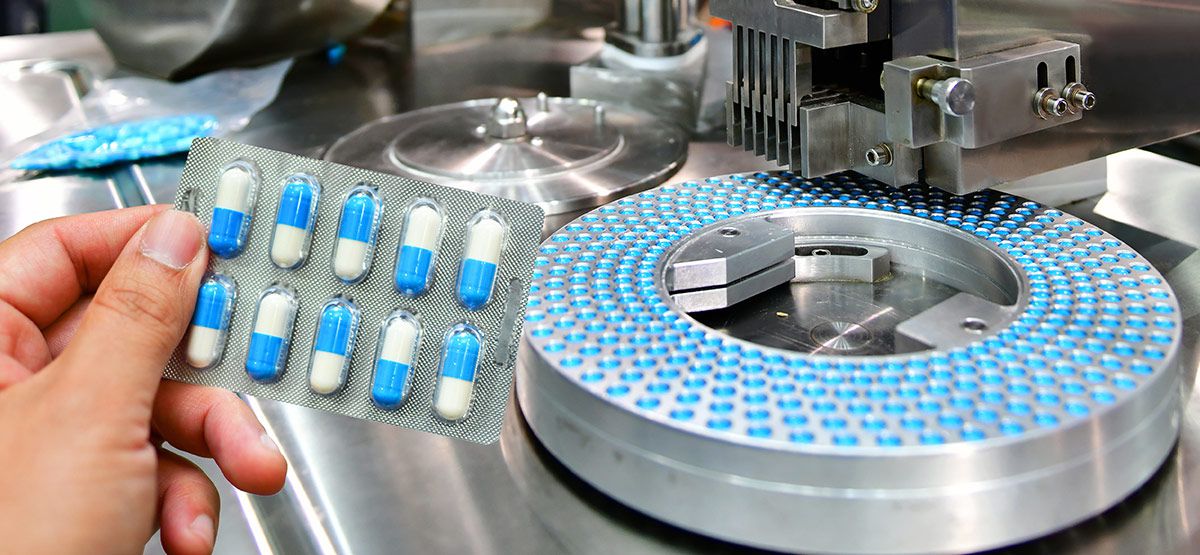
Effectiveness and Flexibility of Adaptive Designs in Clinical Trials
Drug development is becoming a complex process with each passing year. Expenses and time are not at per. Even success rates are dwindling over time and hence new drug development too loses the charm. To cater to such situations, adaptive designs are implemented. It allows modification to a trial even after initiation and modifications undertaken thereafter do not hamper the validity and reliability of that clinical trial. In 2004, the USFDA had strongly recommended usage of Adaptive Designs in Clinical Trials and this was later adopted by European Regulatory in 2006. The Regulatory Bodies cordially welcomed this idea considering attrited and stagnated growth of the pharmaceutical industry. As it is mainly targeted for flexibility of the Trial, it is also named as ‘Flexible Designs’.
DESIGN TYPES AND FUNCTIONS
Adaptive Design clinical trials are dependent on the accommodating capability of the IRT System. Depending on need the following designs are present:
- Adaptive Randomization: This design allows alteration of Treatment Groups whenever the probability is unequal in the treatment assignment increasing the chances of success.
- Group Sequential: Using this design any trial can be brought to a halt at a premature stage or even modified if any safety or efficiency related issue arises.
- Sample Size Re-estimation: It allows for modification of sample size after short-term observations.
- Drop-the-Loser: Subjects who have been treated with lower quantities of drugs are left out at this stage after conducting interim observations.
- Adaptive Dose-Finding: This design has been created to decide on the minimum dose that might be effective and the maximum dose that can be tolerated by the subject at the early stage.
- Biomarker Adaptive: Making changes to an ongoing trial based on the associated biomarkers’ reactions is possible through this design.
- Adaptive Treatment Switching: Through this design, patients can switch from a particular treatment process to another. Though this is quite risky and creates confusion.
- Hypothesis-Adaptive: Switching from a superior hypothesis to a less superior one takes place through this design.
- Adaptive Seamless Phase II/III: It is through this design that both phase II and III objectives that have been conducted separately can be compiled with phase I.
BENEFITS OF ADAPTIVE DESIGNS
- The regulatory and ethics committee pre-approves all probable modifications or changes that might take place.
- Pre-approvals save time for filing repetitive protocol amendments.
- Unanticipated events can be handled easily.
- With adaptive design, introducing new doses becomes easy.
- Changes can even be implemented at endpoints.
- Plausible outcomes can be maintained.
- Issues can be detected early and the study too can be terminated if needed.
- Inefficient dosages are prescribed to only minimum subjects.
CONCLUSION
Adopting adaptive designs in clinical trials turns out to be extremely rewarding. With its equal positive and negative predictions it can help in increasing efficiency of drugs and decreasing valueless treatments conducted in the earlier stages. The Regulatory agencies do have a positive outlook towards adaptive trials but it is necessary to be cautious as drastic changes made at Phase II and Phase III levels to achieve efficiency might be criticized. Moreover, adaptive designs cannot save every trial which has been planned poorly. Still, once these designs are adopted, they can save a considerable amount of time and money in the drug development process.
Get the latest updates from DDi
Explore Topics
- Automation & AI (1)
- Clinical Automation (8)
- Consumer Health (1)
- IRT & Clinical Supplies (19)
- Labeling (16)
- Regulations (16)
- Regulatory Automation (14)
- Regulatory Biopharma (2)
- Regulatory Content Management (5)
- Regulatory Information Management (11)
- UDI (11)
- Writing (9)
Recent Blogs
 Clinical Supply Management: Ca…IRT & Clinical Supplies
Clinical Supply Management: Ca…IRT & Clinical Supplies The Future of Regulatory Opera…Regulatory Automation
The Future of Regulatory Opera…Regulatory Automation How eIFU Enhances Compliance a…Regulations
How eIFU Enhances Compliance a…Regulations
Previous Post
Next Post
Related Posts
CONNECT WITH US

Let's talk about how DDi can help you




